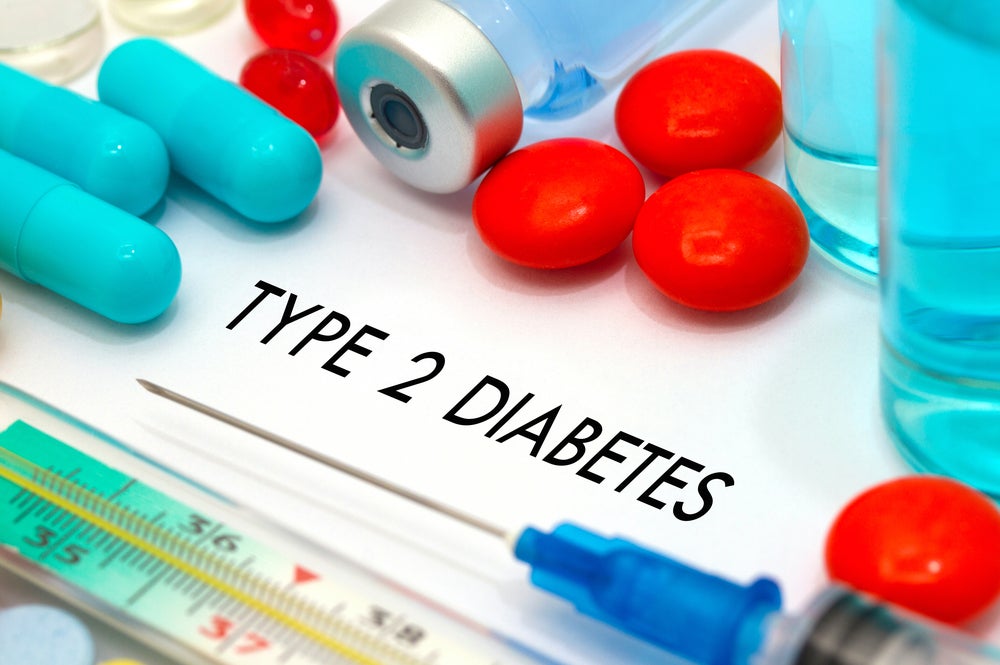After gaining approval to initiate a trial, it’s tempting to press ahead and start the study as quickly as possible. However, it is important sponsors develop a contingency plan in the event things go wrong.
But why put together a contingency plan?
While it’s natural for sponsors to plan the execution of their clinical trials, the real meat in the planning comes in considering what they do when their studies don’t go according to plan. And make no mistake, developing a contingency plan is not as simple is saying, “I have a plan in place in the event that XYZ comes to pass.” A contingency plan for clinical trials must be multi-faceted; it has to encompass all aspects of the study in question. There are three components that a contingency plan must revolve around:
- Site Identification
- Site Activation
- Patient and subject enrolment
“It is generally accepted that those three are the hallmarks of a successful clinical trial,” said Darren Hart, Vice President, Clinical Operations, Global Blood Therapeutics.
Speaking at Arena’s 2016 Outsourcing Clinical Trials West Coast event, Hart says for any successful contingency plan, all stakeholders need buy-in as these are the three earliest opportunities for contingency. From the sponsor operations team, sponsor management, the CRO (vendors), to the sites, it’s important that all involved understand the rationale and participate in the planning.
See Also:
“You don’t enforce a contingency plan you implement one,” he said. “Everyone involved must understand how and why it was formulated, why you believe it will be effective, and how it should be implemented.”
How well do you really know your competitors?
Access the most comprehensive Company Profiles on the market, powered by GlobalData. Save hours of research. Gain competitive edge.

Thank you!
Your download email will arrive shortly
Not ready to buy yet? Download a free sample
We are confident about the unique quality of our Company Profiles. However, we want you to make the most beneficial decision for your business, so we offer a free sample that you can download by submitting the below form
By GlobalDataWhen it comes to contingency planning, the old adage of ‘plan for success, prepare for adversity,’ cannot be overstated. Make reasonable assumptions on what may occur, check your progress (i.e. actual against projected) early and often. Importantly, don’t fudge the numbers. This, Hart says, is crucial.
“Clinical operations personnel are at times the most optimistic and the most pessimistic individuals in clinical trials,” he said. “We all believe that next month is going to be better. We always believe that when we’ve seen enrolment of .25 that next month we project it’ll be .75. That’s fudging the numbers. There’s no reason to believe that.”
Similarly, when getting a trial underway, most companies will believe that their investigational product is the most innovative, the most game-changing drug that patients are excited about participating in. But the reality, Hart believes, is your molecule is unlikely to be any different than another investigational product. Patients will always be willing to participate in other trials that will give them another option or added benefit.
Therefore, your start-up timeline is critical as time is of the essence. When it comes to tracking your enrolment rate – unless you missed your inclusion/exclusion criteria – enrolment rates don’t change. If you’re seeing consistent figures at your active sites, that’s your normal rate. Don’t initiate new sites in the hope that you'll see greater participation numbers.
“Countries can change enrolment rates, but they cost money and time,” Hart said. “If this is your contingency, you must be even more prepared.”
Site Identification
In developing your contingency plan, Sponsors need to decide exactly how many sites they will need to enroll patients. Identifying sites is the generally the easiest to predict and it enables you to intervene at the earliest time point if you feel you won’t be able to activate your sites in time. For example, if you identify 15 sites in January with a view to activate your chosen sites by July, 80 percent of them will likely be interested in your trial. Of those, 90 percent are going to be qualified (i.e. they will have required medical equipment, facilities with a secured drug storage area, etc.). Additionally, one-third of those qualified sites will be able to open up within a month. So, if you find a majority of your targeted sites won’t start on time, chances are you’ll fail to meet your activation timeline. Therefore, in your contingency plan, identify as many eligible sites as you can to increase your chances of activating your chosen sites on time.
Site Activation
When it comes to site activation, your contingency trigger should be based upon site months. Always consider how many site months you will need to enroll each clinical trial. Remember the lead time from ID to Activation could be anywhere from 5 to 6 months depending on the clinical study. For example, if you're trying to enroll a certain number of patients and you plan to target X number of patients per site per month, and you’re failing to reach your projection, what are your contingency plans? To catch up to your target you would need to increase your number of sites. If that’s the case, bear in mind, it can cost into the tens of thousands of dollars to open a new site when you factor in feasibility costs, qualification visits, initiation visits, and so forth.
Enrolment Lag
This is where things get complicated. If you’re encountering low enrollment rates at your site, this is typically where you evaluate your contingency plan. It is also the point where you’re unlikely to salvage timelines and instead, you're mitigating the damage that's already been done. Therefore, your contingency plan must revolve around damage control. Don't fall into the trap of opening more sites in the hope your second tier sites will perform better. That theory, Hart says, is a fallacy. “Why would ‘second tier’ sites enrol any faster than your first tier sites?” he said. “It doesn’t happen.” Remember, the most expensive interventions usually entailmore sites, more countries and crucially more time, which at that point may be running in short supply.
Ultimately, it’s important that sponsors budget appropriately for contingency plans. Sponsors should involve stakeholders early in the trial planning process, making sure any proposals that are developed include contingency planning. Furthermore, when selecting vendors, sponsors choose a CRO based on their ability to execute the base plan as well as the contingency. Lastly, establish triggers early so you can anticipate any unforeseen circumstances.
References:
Darren Hart, Vice President, Clinical Operations, Global Blood Therapeutics – Constructing Quick Contingency Plans (Presentation)
Feasibility and Site Identification Services – http://bit.ly/1WvuYvC
Site Activation: The Key to More Efficient Clinical Trials – http://bit.ly/258u120







